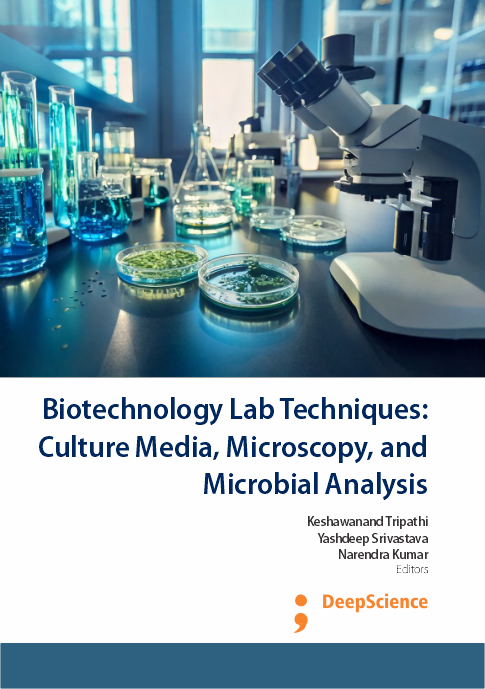Staining techniques for microorganisms: Principles, methods, and diagnostic applications
Synopsis
The simple staining procedure enables a quick evaluation of bacterial presence and morphology in samples. Methylene blue facilitates the analysis of the morphology and architecture of fusiform and spirochete bacteria present in oral illnesses. It is frequently employed for the detection of metachromatic granules in Cornyebacterium diptheriae. The granules will exhibit a far more intense blue hue in contrast to the adjacent blue bacteria. Several fundamental dyes, such as methylene blue, crystal violet, malachite green, and safranin, are viable choices. Basic dyes possess the capacity to adhere to negatively charged constituents present in the cell membrane and cytoplasm (Madigan, et al., 2020).














